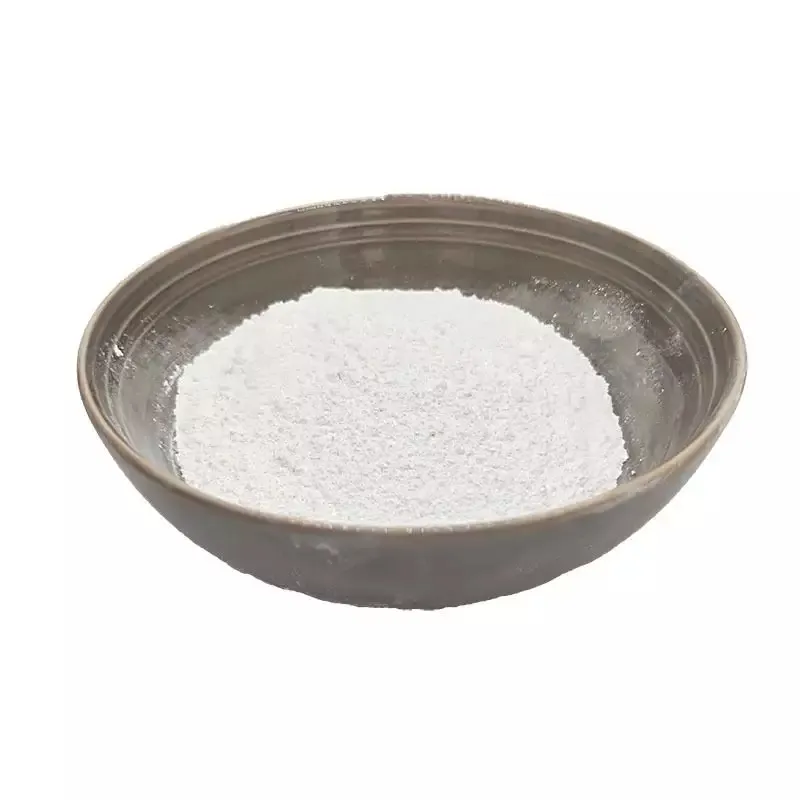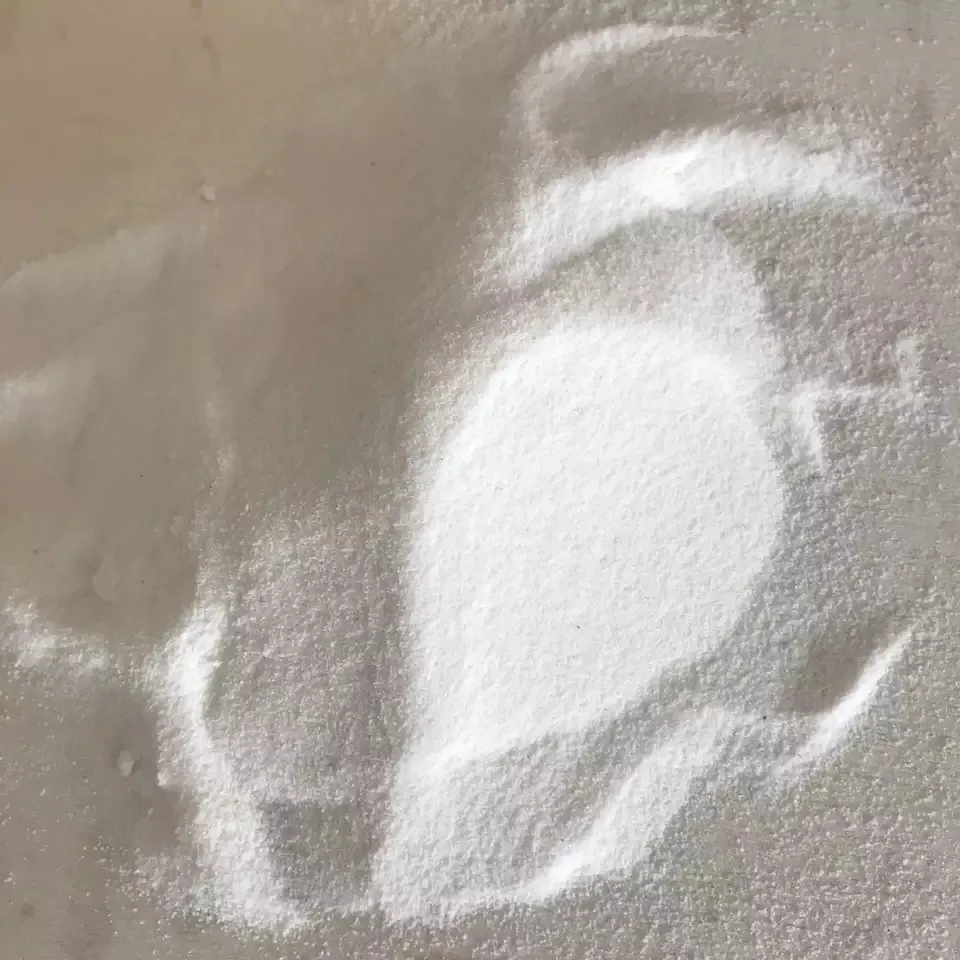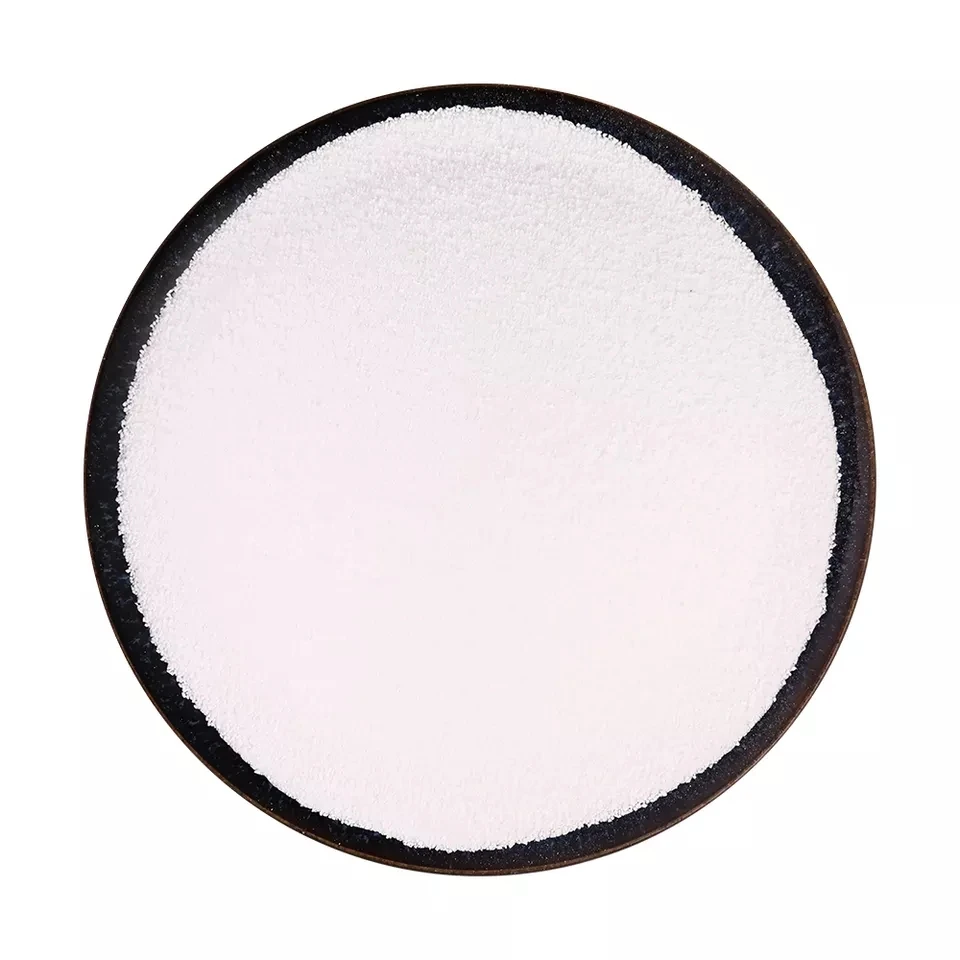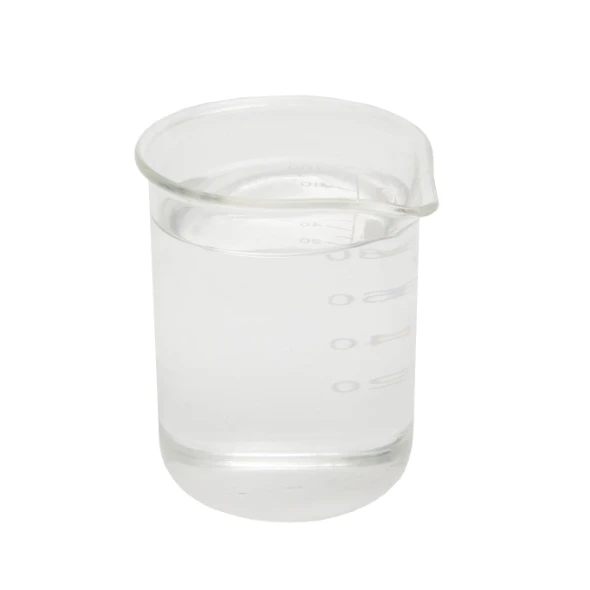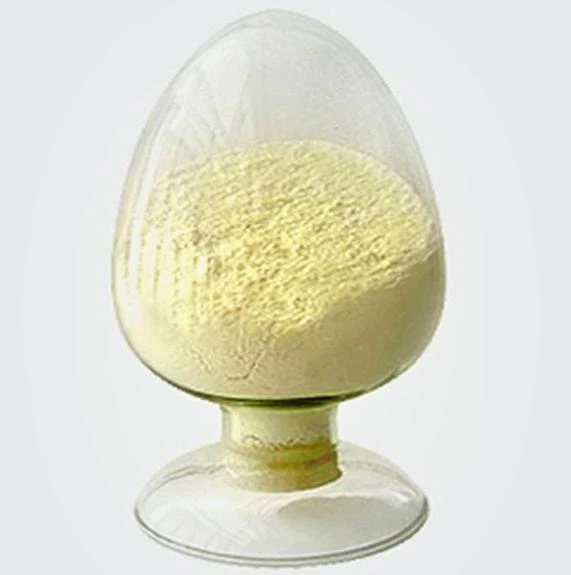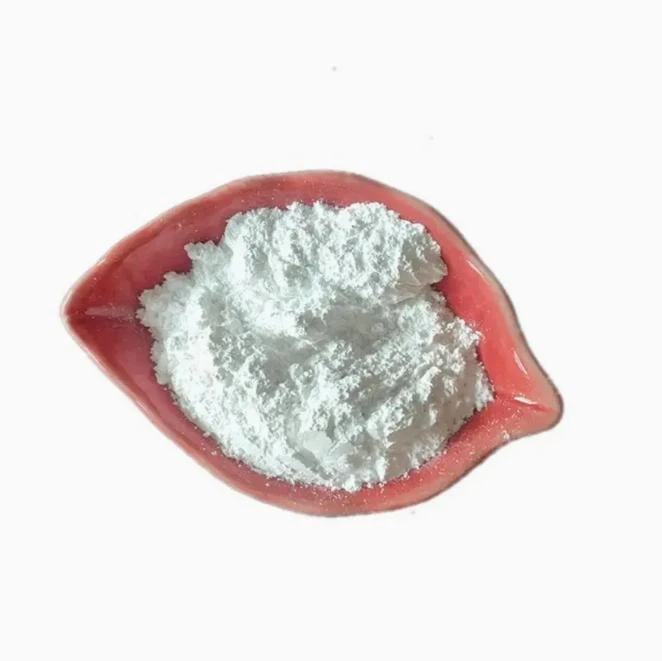Warning: Undefined array key "file" in /home/www/wwwroot/HTML/www.exportstart.com/wp-content/themes/1198/header.php on line 7
Warning: Undefined array key "title" in /home/www/wwwroot/HTML/www.exportstart.com/wp-content/themes/1198/header.php on line 7
Warning: Undefined array key "title" in /home/www/wwwroot/HTML/www.exportstart.com/wp-content/themes/1198/header.php on line 7
- Neeg African
- Albanian
- Amharic
- Arabic
- Armenian
- Azerbaijani
- Basque
- Belarusian
- Bengali
- Bosnian
- Bulgarian
- Catalan
- Cebuano
- Tuam Tshoj
- Tuam Tshoj (Taiwan)
- Corsican
- Croatian
- Czech
- Danish
- Dutch
- Lus Askiv
- Esperanto
- Estonian
- Finnish
- Fabkis
- Frisian
- Galician
- Georgian
- German
- Greek
- Gujarati
- Haitian Creole
- haus
- hawaiian
- Hebrew
- Tsis yog
- Miao
- Hungarian
- Icelandic
- ib igbo
- Indonesian
- irish
- Italian
- Nyiv
- Javanese
- Kannada
- kazakh
- Khmer
- Rwandan
- Kauslim
- Kurdish
- Kyrgyz
- TB
- Latin
- Latvian
- Lithuanian
- Luxembourgish
- Macedonian
- Malgashi
- Malay
- Malayalam
- Maltese
- Maori
- Marathi
- Mongolian
- Myanmar
- Nepali
- Norwegian
- Norwegian
- Occitan
- Pashto
- Persian
- Polish
- Portuguese
- Punjabi
- Romanian
- Lavxias
- Samoan
- Scottish Gaelic
- Serbian
- Lus Askiv
- Shona
- Sindhi
- Sinhala
- Slovak
- Slovenian
- Somali
- Spanish
- Sundanese
- Swahili
- Swedish
- Tagalog
- Tajik
- Tamil
- Tatar
- Telugu
- Thaib
- Turkish
- Turkmen
- Ukrainian
- Urdu
- Uighur
- Uzbek
- Nyab Laj
- Welsh
- Pab
- Yiddish
- Yoruba
- Zulu
Octadecanedioic Acid
Octadecanoic acid, also known as caprylic acid or aliphatic acid. It is a colorless or yellowish crystalline solid.
Octadecanedioic acid is an organic compound with two carboxylic (-COOH) functional groups, it is a diacid, acidic. It is soluble in organic solvents such as ethanol, ether and benzene, but almost insoluble in water.
In addition to its physical properties, octadecanoic acid also has a number of chemical properties. It can react with amines to form the corresponding aliphatic diamides, such as octanediamide (C18H36CONH2). It can also react with alcohols to form corresponding aliphatic esters, such as octyl caprylate (C18H36O2 + C8H18O → C18H36O2C8H18 + H2O).
It can also be used to synthesize other compounds, such as polyesters, polyamides and dye intermediates.



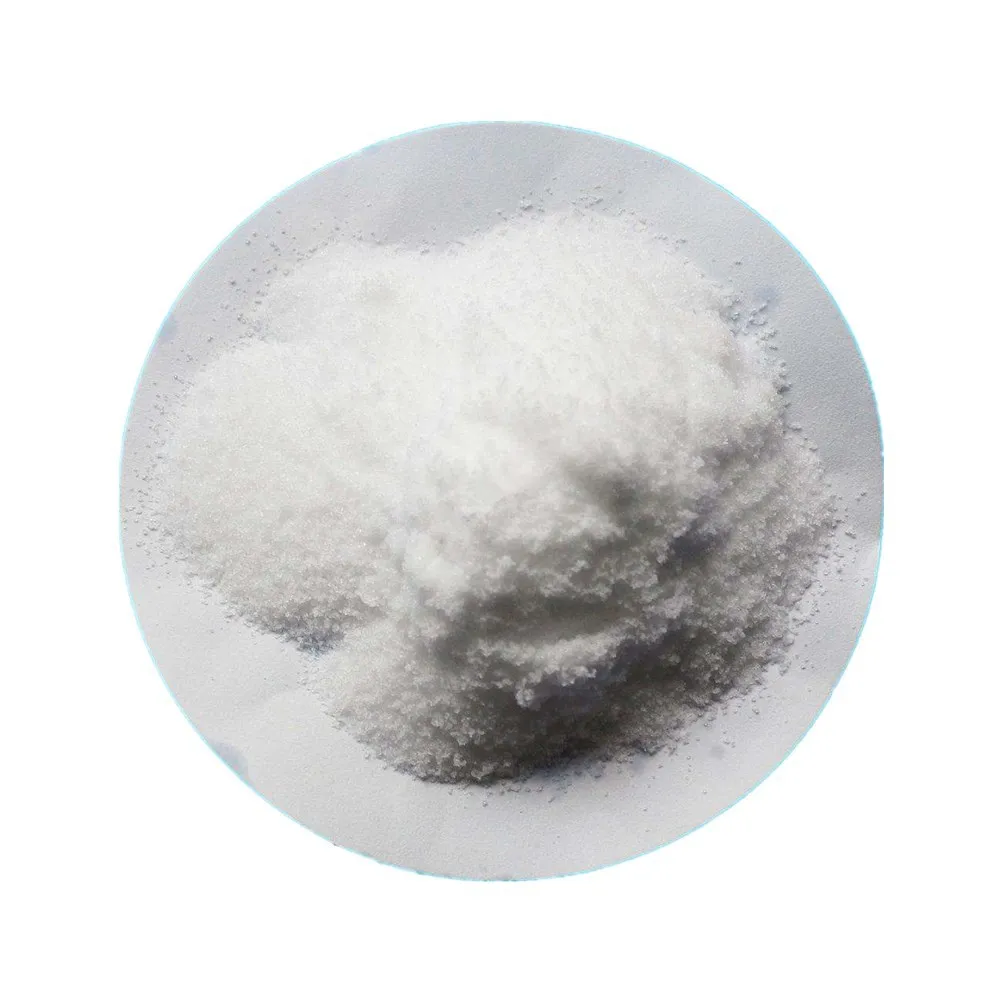
Application: Octadecylic acid is an important chemical raw material, belonging to a type of long-chain dicarboxylic acid. Long chain dicarboxylic acids have a wide range of uses, and can be used as raw materials to synthesize special nylon, high-end spices, high-end hot melt adhesives, cold resistant plasticizers, advanced lubricants, advanced rust inhibitors, advanced paints and coatings, etc.
Polyester resin synthesis: Octadecanedioic acid is widely used as one of the raw materials for polyester resin. It can react with alcohols such as ethylene glycol to form polyester, which is used to make coatings, plastics, fibers and synthetic fibers.
Dye synthesis: In the field of dyes, octadecanedioic acid can be used as an intermediate for the synthesis of organic pigments and dyes.
Peb muaj ntau lub Hoobkas zoo nrog kev koom tes sib sib zog nqus, uas tuaj yeem muab koj cov khoom zoo thiab cov nqi sib tw. Thiab peb tseem tuaj yeem muab cov luv nqi rau kev yuav khoom ntau.Thiab peb koom tes nrog ntau lub tuam txhab xa khoom xa tuaj, tuaj yeem xa cov khoom lag luam kom nyab xeeb thiab ntseeg nkaws rau koj txhais tes. Lub sij hawm xa tuaj yog li 3-20 hnub tom qab tau txais kev pom zoo ntawm kev them nyiaj.
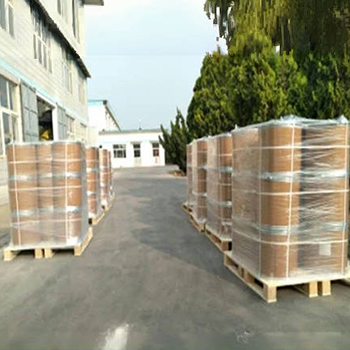



| Yam khoom | Specifications |
| Qhov tshwm sim | Dawb hmoov |
| Assay | ≥99.0% |
| Octadecanedioic Acid | ≥96.5% |
| Melting Point | 123-127ºC |
| Loss on drying | ≤ 0.5% |
| Tshauv | ≤500% |

1. Koj puas yog lub Hoobkas lossis tuam txhab lag luam?
Peb yog ib qho kev sib koom ua ke kev lag luam thiab kev lag luam, muab kev pabcuam ib-nres.OEM tuaj yeem txais.
2. Koj puas muab cov qauv? Puas yog dawb lossis ntxiv?
Cov qauv dawb.Cov qauv tus nqi thauj khoom yuav tsum tau them los ntawm koj sab.
3. Koj puas muaj daim ntawv pov thawj ntsig txog kev tswj xyuas zoo?
ISO 9001: 2008 ntawv pov thawj los xyuas kom meej qhov zoo.
4. Kuv yuav muab dab tsi kom tau txais cov lus hais?
Pls qhia peb txog cov khoom lag luam uas koj xav tau, xaj kom muaj nuj nqis, chaw nyob thiab cov kev xav tau tshwj xeeb.Cov lus hais yuav ua rau koj siv sijhawm.
5. Hom kev them nqi twg koj nyiam? Cov nqe lus twg raug lees txais?
Txais Cov Lus Cog Tseg: FOB, CFR, CIF, EXW;
Txais Nyiaj Them Nqi: USD;
Hom Kev Them Nyiaj: T / T, Western Union; Paypal, Trade Assurance.
Lus Hais: Lus Askiv.
Cov khoom qeb
-
 May . 13, 20252025 European Fine Chemicals Exhibition in GermanyThe much-anticipated Fine Chemicals Europe 2025 will be held in Germany from June 4 to 5, 2025. The event will bring together industry leaders, innovators and stakeholders in the fine chemicals sector, providing a unique platform for networking, collaboration and showcasing the latest advances in the field.
May . 13, 20252025 European Fine Chemicals Exhibition in GermanyThe much-anticipated Fine Chemicals Europe 2025 will be held in Germany from June 4 to 5, 2025. The event will bring together industry leaders, innovators and stakeholders in the fine chemicals sector, providing a unique platform for networking, collaboration and showcasing the latest advances in the field. -
 May . 07, 20252025 New York Cosmetics Ingredients ExhibitionThe much-anticipated 2025 Cosmetics Ingredients New York will be held at the Javits Center in New York from June 3 to 4, 2025. This event will bring together industry leaders, innovators and enthusiasts from all over the world to discuss the latest trends and advances in the field of cosmetic ingredients.
May . 07, 20252025 New York Cosmetics Ingredients ExhibitionThe much-anticipated 2025 Cosmetics Ingredients New York will be held at the Javits Center in New York from June 3 to 4, 2025. This event will bring together industry leaders, innovators and enthusiasts from all over the world to discuss the latest trends and advances in the field of cosmetic ingredients. -
 Apr . 27, 2025Zibo will host the 2025 International Chemical ExpoZibo, a city known for its thriving chemical industry, will host the 2025 Zibo International Chemical Expo from May 16 to May 18, 2025. This highly anticipated event aims to bring together industry leaders, innovators and stakeholders from around the world to explore the latest advancements and trends in the chemical industry.
Apr . 27, 2025Zibo will host the 2025 International Chemical ExpoZibo, a city known for its thriving chemical industry, will host the 2025 Zibo International Chemical Expo from May 16 to May 18, 2025. This highly anticipated event aims to bring together industry leaders, innovators and stakeholders from around the world to explore the latest advancements and trends in the chemical industry.




